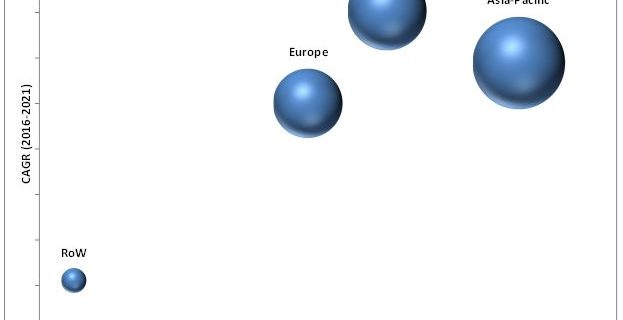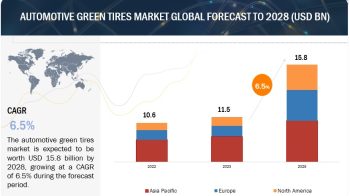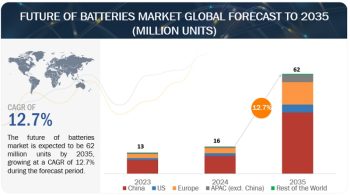
The Automotive HMI Market is projected to grow at a CAGR of 11.93%, to reach USD 28.13 billion by 2021. The focus on enhanced user experience and convenience features coupled with the rising demand for advanced technology is projected to drive the automotive HMI market. The growth in demand for connected vehicles and autonomous cars is expected to result in a rise in demand for HMI application. It is consequently a major driver for the automotive HMI industry.
The focus on enhanced user experience and convenience features coupled with the rising demand for advanced technology is projected to drive the automotive HMI market. The growth in demand for connected vehicles and autonomous cars is expected to result in a rise in demand for HMI application. It is consequently a major driver for the automotive HMI industry.
Download PDF Brochure @ https://www.marketsandmarkets.com/pdfdownloadNew.asp?id=109625825
The integration of multiple technologies into a single system is commonly known as holistic HMI solution. This system will help solve the complexity of different electronic systems by integrating them into a single system. This integration of multiple technologies into a single system offers a challenge for manufacturers of HMI and OEMs, as sizable R&D investments are required to redesign the vehicles’ HMI systems. The increase in wide range availability of HMI solutions is also an important factor that is helping this segment to acquire the market share of automotive HMI market.
North America is the fastest-growing market for the automotive HMI market. The North American automotive industry is one of the most advanced industries in the world. The wide customer base and high disposable income levels are expected to result in increased consumer spending on premium features in the vehicle, which would also contribute to the growth of the automotive HMI market.
With OEMs focusing on automotive HMI technology advancement, Head-Up Display (HUD) is expected to be the next emerging market. As the number of premium cars continues to increase, OEMs are majorly focusing on decreasing driver distraction by reducing driver workload and simplifying the interface system. As per the current market scenario, technologically advanced HUDs are most in-demand by the OEMs. For instance, Visteon (U.S.) developed a new technology in automotive HUD and demonstrated it in CES 2017. This provides the driver with a unique visual and acoustic in-vehicle experience and also helps in the development of future autonomous vehicle technology. The company’s new combiner HUD would increase the field of view by 50% compared with the previous systems. This would provide the driver with more information at eye level, which would help to reduce the driver distraction factor.
Request for Sample Pages @ https://www.marketsandmarkets.com/requestsampleNew.asp?id=109625825
The fastest-growing segment by access type in automotive HMI industry is the multimodal HMI market. The multimodal HMI helps in crafting an accident-free vehicle by combining different modules of HMI into a single module, which helps in reducing the driver workload and distraction chances. For instance, the BMW group showcased its advance HMI technology “HoloActive Touch”, a central control system that works without any physical contact with the surface material.
Automotive HMI technologies namely, acoustic interface, visual interface, and others to drive the growth of the global market
Acoustic Interface-
The acoustic interface is the technology that enables communication between the vehicle and the user through an audio platform. For example, access to navigation and entertainment features using voice commands. The key applications are vehicle access systems, infotainment, navigation, HVAC, and connected services among others.
Visual Interface-
The visual interface is the technology in which the system takes command and gives output in the visual platform. Instrument cluster, central displays, and HUDs are the best examples of visual interfaces in the HMI market. Visual interface systems are further expected to drive the automotive HMI along with supporting requirements for autonomous vehicle technology.
Others-
Other interface technologies include an analog interface, haptic interface, gesture recognition, and many others. Haptic technology refers to the use of touch to control and interact with the main processing unit. The touch sensor can be in any form such as vibration, force, or motion. It can be any application which takes touch as an input right from the touchscreen, joystick, touchpad, steering, seat, and others. These applications involve physical contact between the system and the user, usually through an input or output function. Analog interfaces refer to switch controls such as steering mounted control and multifunction switches.
To speak to our analyst for a discussion on the above findings, click Speak to Analyst

